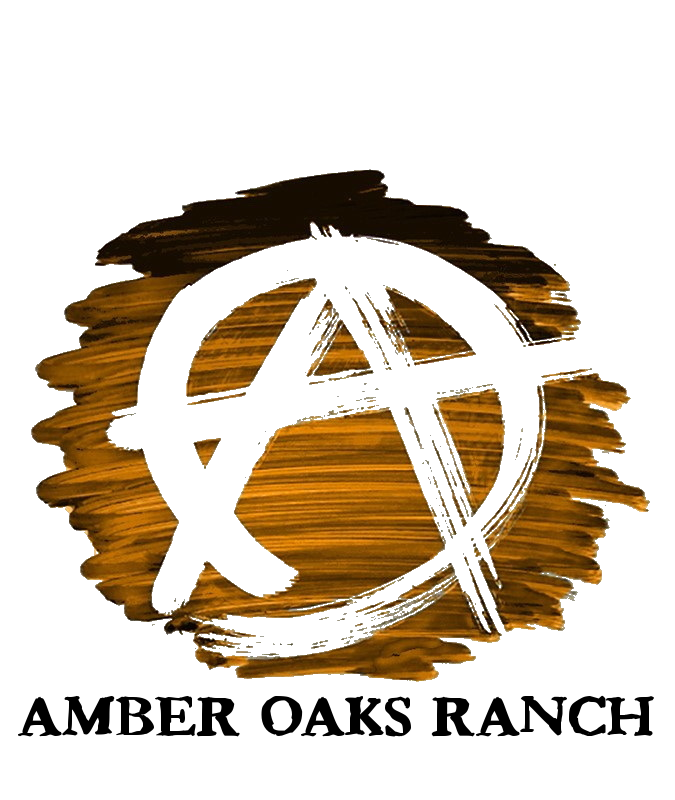August 2024 vol. 1
Farming is learning. Regardless of age, I can’t imagine anyone claiming to be an expert. It’s an ongoing process of learning and adapting, drawing on past experience, and tweaking for today’s reality.
But in order to make adjustments, it’s necessary to understand the variables and their effect on the outcome. Unlike other fields, farming doesn’t come with the luxury of “randomized, double-blind, placebo-controlled studies”. So, when something goes wrong, it’s a challenge to weed out the confounding variables and get to the root causes – and likely there are several.
This past week, we were fortunate to welcome two litters of pigs. The red sow had her first litter, bringing nine piglets into the world. A week later, the black sow, in her second litter, gave birth to eight pigs.


The black sow’s first litter was quite successful, with ten piglets born and all but one surviving. I had high hopes for her this time around. However, out of the seventeen piglets from both litters, only nine survived.
I’m pretty sure one of them was born dead (or died shortly thereafter). The likely culprit for the other deaths was getting crushed by the sows. Sows are several hundred pounds, and when they lay down, it’s easy for a tiny piglet to get underfoot. And when the sows try to get up again, they have to roll back and forth and kick to get their feet under them, often injuring the piglets.
Commercial hog farms use special farrowing crates that have a protective ledge on the sides that enable the piglets to find a place of refuge. This sounds like an ideal solution, but I’ve farrowed numerous times without them. Implementing these farrowing crates would mean confining the sow during and a few weeks after birth. This is contrary to our philosophy of raising our animals in a way that mirrors nature. Judging from the number of feral hogs running around, I’m guessing special birthing accommodations are not required. Of course, out in the wild, there are no fences around that a sow would want to lean up against.
It has been extremely hot these last few days, and looking back through my records, we’ve never had a litter born in the high heat of summer. In our farrowing pen, the best place for shade is right up against the fence. I suspect that most of the deaths were a result of the sow trying to maximize the shade and thus the piglets were crushed between the sow and the fencing. I’ve got several ideas on how to remedy this, but it will take some redesigning and modification of the fencing. I also plan to make some changes to improve the shade coverage in the farrowing pen. Fortunately, this is a project that I can put off for a few months, when it’s cooler, as it will be about 5 months before our next litter of pigs arrives.
As we reflect on the recent events on our farm, we are reminded that every challenge is an opportunity for growth. We look forward to sharing these developments with you, as we navigate the ever-changing landscape of farming, learning, and growing together.
Thank you for joining us on this journey. Until our next update, we encourage you to keep sowing seeds of curiosity and reap the harvest of knowledge.
See you at the market!




1 Comment
Hey, Jack here. I’m hooked on your website’s content – it’s informative, engaging, and always up-to-date. Thanks for setting the bar high!
Add Comment